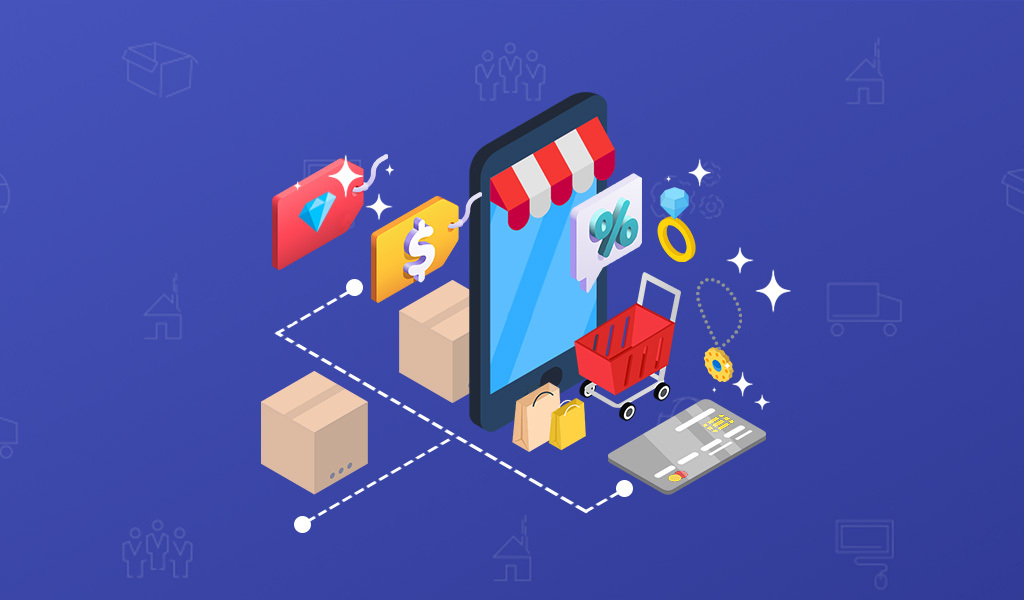News and Insights
E-commerce, Logistics, and Small Business Management
The True Cost of Packaging for Jewelry Brands (and How to Keep It Under Control)

It’s easy to underestimate the true cost of packaging—especially in jewelry, where the materials are small but generally layered. A box here, a pouch there, a pretty insert, a thank-you card—it all feels manageable when order volume is low.
But when you scale up, every box, sticker, ribbon, and minute of labor starts to put strain on your fulfillment operation. And if you’re not tracking it closely, packaging can quietly become a margin killer.
Here’s how to stay in control while still delivering an elevated experience your customers will remember.
1. Know What You’re Actually Spending
Most jewelry brands think about packaging in terms of materials—but that’s only part of the story.
Your actual packaging cost per order includes:
- Labor – Time spent folding boxes, cutting ribbon, sealing mailers, etc.
- Accessories – Pouches, filler, tissue, stickers, ribbon, or jewelry cards
- Printed materials – Thank-you notes, care cards, promotional inserts
- Damage and reships – Replacements due to poor protection or transit issues
- Storage space – Especially for custom packaging with large minimums
If you’re not tracking these line items on a per-order basis, you’re flying blind. Use a simple spreadsheet or integrate cost tracking into your fulfillment workflow. This is the only way to know what your packaging is truly costing you—and where the real margin is going.
2. Avoid Over-Customization Early On
Custom printed boxes, branded pouches, foiled logo cards—they look beautiful. But if you’re early in your growth, they can create more problems than they solve.
Here’s why:
- High MOQs tie up cash and increase risk
- Long lead times reduce your agility
- Limited flexibility—if your product or brand evolves, your packaging becomes obsolete
- Expensive errors—a small typo can cost thousands
Instead, use versatile, low-commitment branding elements like:
- Plain kraft boxes with branded sleeves or logo stamps
- Reusable pouch options with detachable tags
- Sticker seals or belly bands that can be printed in small batches
- Modular insert cards that can be swapped without redoing everything
These elements keep your brand experience elevated—without locking you into packaging that can’t grow with you.
3. Streamline Packaging SKUs
The more packaging SKUs you carry, the more complexity you create.
- Inventory tracking gets harder—especially if your team doesn’t have visibility into reorder points
- Training slows down—new team members need more time to learn the process
- Fulfillment speed drops—when the packout process varies too much from one product to another
Do an audit of your packaging materials and ask:
“Is this adding real value to the customer experience—or just creating clutter?”
Simplify wherever you can. Fewer SKUs mean faster packouts, cleaner inventory, and more consistency at scale.
4. Align Packaging with Volume Forecasts
Buying packaging in bulk can lower your per-unit costs—but only if your forecasts are accurate.
Here’s what happens when they’re not:
- You tie up cash in packaging inventory you might not use
- You outgrow materials before they’re depleted—especially if you change product lines, branding, or box sizes
- You end up paying for storage of excess packaging that’s no longer aligned with your needs
Instead, revisit your packaging plan quarterly:
- Are you launching new SKUs or changing price points?
- Is order volume steady—or about to spike?
- Are you moving toward gifting, bundling, or subscriptions?
Packaging should follow product and volume—not the other way around.
Final Thoughts
Packaging doesn’t have to be expensive to be impressive.
The brands that win are the ones that manage their packaging as a system—not a side project.
Every box, insert, and ounce of filler you use should serve a purpose.
Get clear, stay flexible, and build something that scales without shrinking your margins.
Interested in outsourcing your jewelry order fulfillment? Let’s talk!

Recent Comments